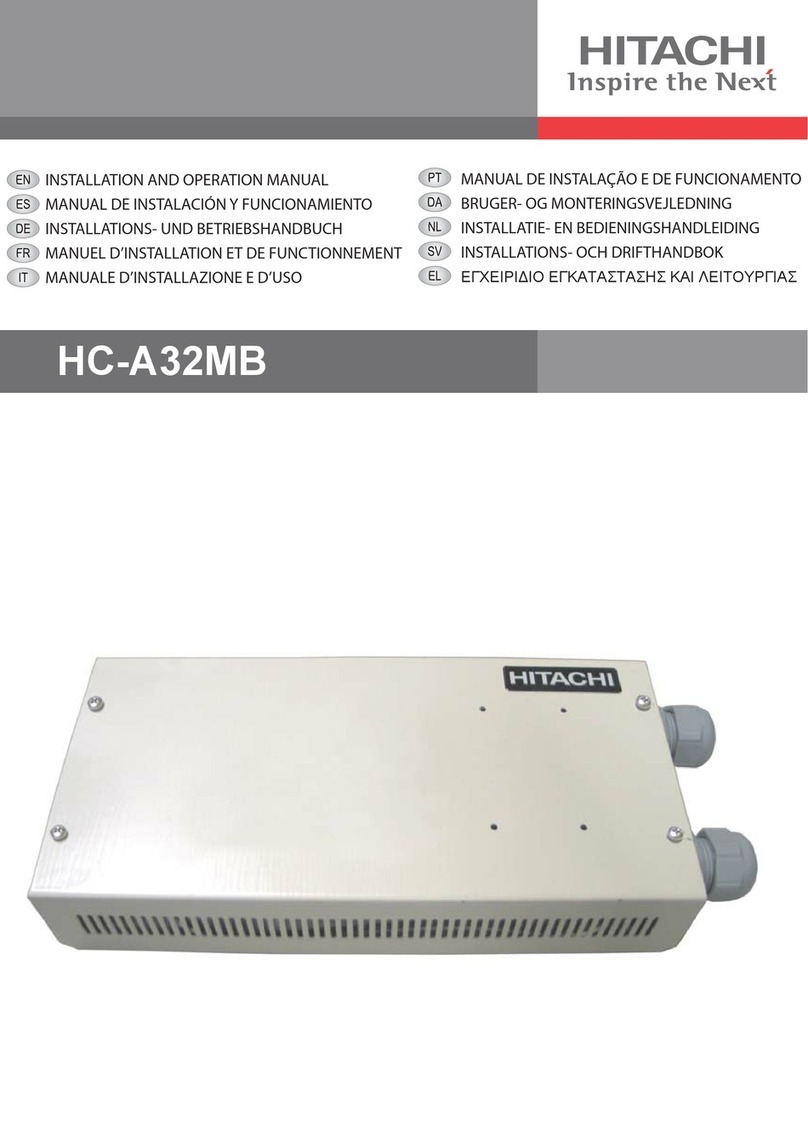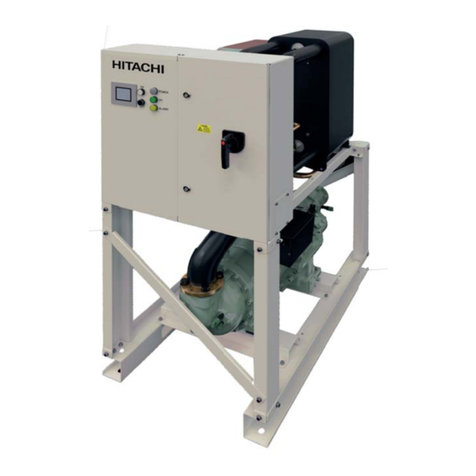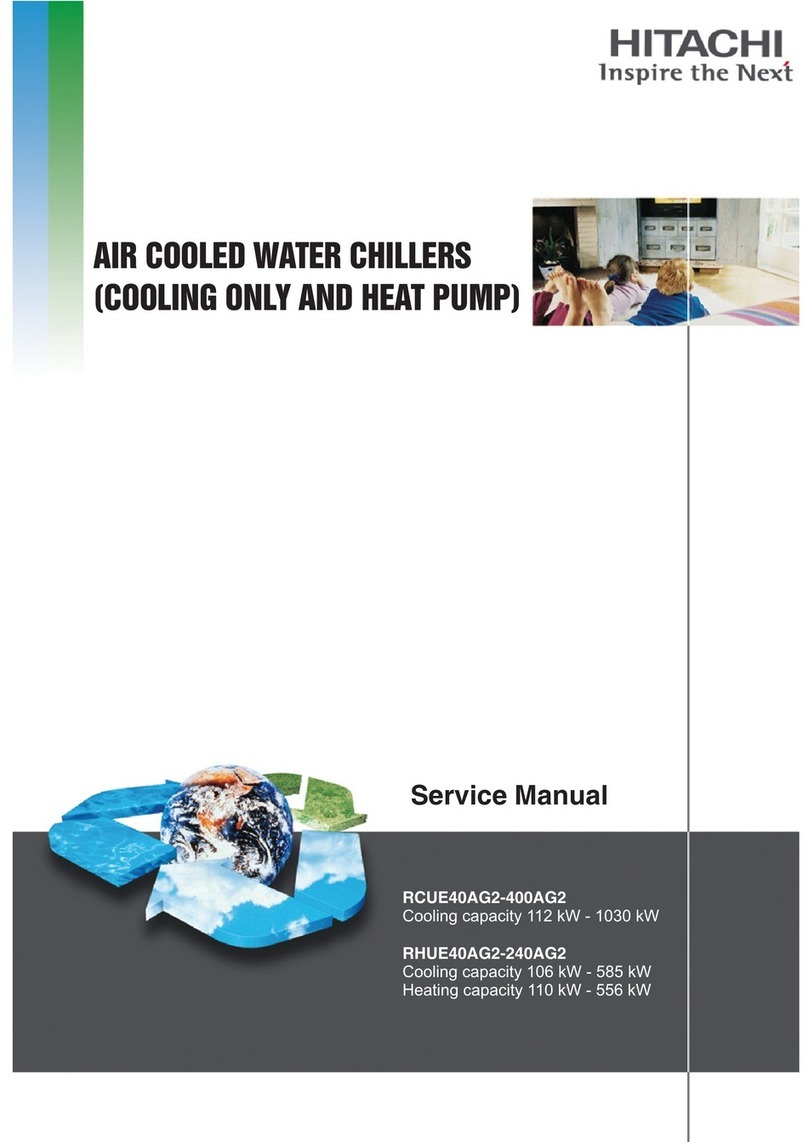
TCGB0051 rev 0 - 09/2009
8
Contents
Technical Catalogue
Contents (Cont.)
10. Control system................................................................................................................63
10.1. Standard operating sequence for RCUE40CLG2, RCUE50CLG2 and RCUE60CLG2 ....................... 64
10.2. Standard operating sequence for RCUE80CLG2, RCUE100CLG2 and RCUE120CLG2 ................... 65
11. Maintenance ...................................................................................................................67
11.1. Components........................................................................................................................................... 68
11.2. Lubrication ............................................................................................................................................. 68
11.3. Deposits ................................................................................................................................................. 68
11.4. Cleaning method .................................................................................................................................... 69
11.5. Winter shutdown .................................................................................................................................... 70
11.6. Spring start-up ....................................................................................................................................... 70
11.7. Part replacement.................................................................................................................................... 71
11.8. Refrigeration cycle ................................................................................................................................. 71
11.9. Refrigerant cycle diagram of Hitachi condenserless Chiller
(RCUE(40,50,60,80,100,120)CLG2 .................................................................................................... 72
11.10. Compressor removal............................................................................................................................ 73
11.11. Safety and protection control ............................................................................................................... 73
11.12. Normal operating pressure .................................................................................................................. 75
11.13. Test running and maintenance record .................................................................................................. 76
11.14. Daily operating records ........................................................................................................................ 77
11.15. Servicing for R407C refrigerant system ............................................................................................... 78
12. Troubleshooting ..............................................................................................................79
12.1. Troubleshooting table ............................................................................................................................ 80
13. General specications ....................................................................................................83
13.1. General data .......................................................................................................................................... 84
13.2. Option line up ........................................................................................................................................ 86
14. Drawings.........................................................................................................................87
14.1. Dimensional Drawings ........................................................................................................................... 88
14.2. Wiring Diagrams .................................................................................................................................... 91
15. Model selection...............................................................................................................99
15.1. Selection Example ............................................................................................................................... 100
15.2. Performance Table............................................................................................................................... 101
15.3. Electrical Data ..................................................................................................................................... 105
15.4. Sound Data .......................................................................................................................................... 106
16. Application Data............................................................................................................107
16.1. Working Range .................................................................................................................................... 108
16.2. Part Load Performance ....................................................................................................................... 108
16.3. Ethylene Glycol Application ..................................................................................................................110
17. Components data ......................................................................................................... 113
17.1. Compressor ..........................................................................................................................................114
17.2. Water Cooler .........................................................................................................................................114


































